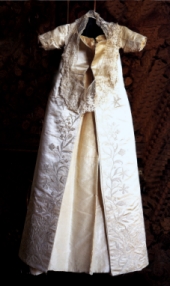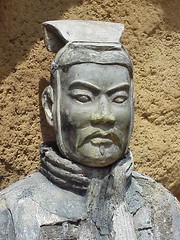
Looks like I'll be too late to see the exhibit when I visit Rome in October. Oh well, maybe some of the aroma will remain!
"Archaeologists carrying out research in Cyprus claim to have discovered the oldest perfume factory in the world.
Located on Cyprus, fabled home of the goddess of love, Venus, the remains of a 4,000-year-old factory that made prehistoric scents are causing excitement for experts.
The prehistoric scents and 60 objects from the site in Cyprus have been placed on display at the Capitoline Museums in Rome, having been found in 2003.
Perfumes named after Greek goddesses and made from pine, coriander, olive oil, parsley, bergamot, bitter almonds and laurel were discovered in alabaster vials."
"The archaeologists used fragrances extracted from traces left in containers at the site to recreate ancient aromas with the same techniques used in the past, said Maria Rosaria Belgiorno, the leading archaeologist who discovered the factory in 2003."



 455-843 Frankish Empire: The start of the great divide
455-843 Frankish Empire: The start of the great divide